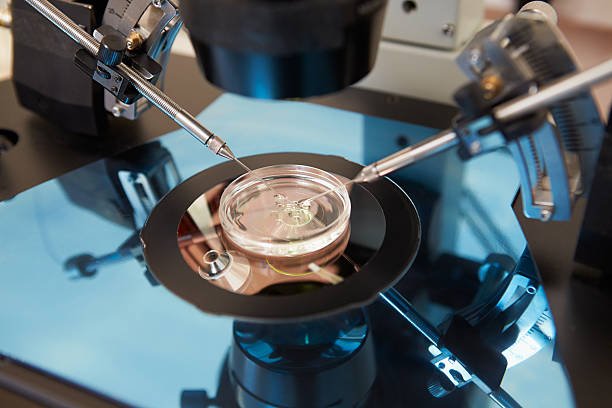INTRACYTOPLASMIC SPERM INJECTION
In vitro fertilization or IVF is a well known procedure in the field of Artificial Reproductive Technique which has evolved many ways since its inception. Intracytoplasmic sperm injection is one of the most advanced techniques introduced in artificial reproductive technology which optimizes the fertilization and improves the pregnancy outcome in IVF.
Definition- as the name suggests in this technique, a single spermatozoa is injected directly into the cytoplasm of an egg to achieve fertilization.
History of ICSI
The usual IVF method gives a fertilization rate between 50 to 70%. In case of severe male infertility, where the count or motility of sperm is very low the conventional IVF technique gives poor outcomes in terms of fertilization. To tackle male infertility issues ICSI was first introduced in 1992. It is a good option for patients with severe male factor infertility where one sperm is injected into an egg and the fertilization outcome and the pregnancy rates are high.

Indication of ICSI
Severe male factor infertility
- Severe oligospermia where the sperm count is less than 10 million/ml ,
- Used in severe impaired motility of sperm.
- Abnormal morphology of sperms or teratozoospermia (less than 4% structure is normal).
- In cases of obstructive azoospermia where surgical sperm retrieval is done , ICSI is performed .
- Also can be used in a frozen thawed sperm where the partner is not present during ovum pick up or it has been frozen due to fertility preservation issues.
- Previous fertilization failure with IVF
- Oocyte abnormality like thick zona pellucida(outer covering of oocyte).
- In a case of preimplantation genetic testing
- HIV discordant couple

Steps of ICSI
- After oocyte retrieval , the follicle fluid is screened for oocytes , once oocytes are found they are incubated in the incubator.
- After an hour post retrieval the oocytes are denuded or stripped which means the cumulus is separated from the oocyte to get an egg free of surrounding cells .
- The oocytes are then checked to see the maturity , an MII oocyte is a mature oocyte and it is the preliminary prerequisite for performing ICSI.
- The oocytes are then transferred to a dish known as ICSI dish where the eggs and sperm are placed in different drops of culture media .
- The micromanipulator system is Set up, micromanipulator consists of an inverted microscope which is connected to the micro injector syringes .
- The most important crucial step while performing ICSI is sperm selection.
- The final step is to do ooplasmic penetration by a microinjection pipette , that is the injection needle passes through the zona pellucida reached the cytoplasm of the oocyte and here the sperm is deposited .
Success of ICSI
ICSI gives us a Fertilization rate of approximately 80% and clinical pregnancy rate of 42% globally . For male indicated fertility ICSI has been proven to be a boon for infertile couples.
